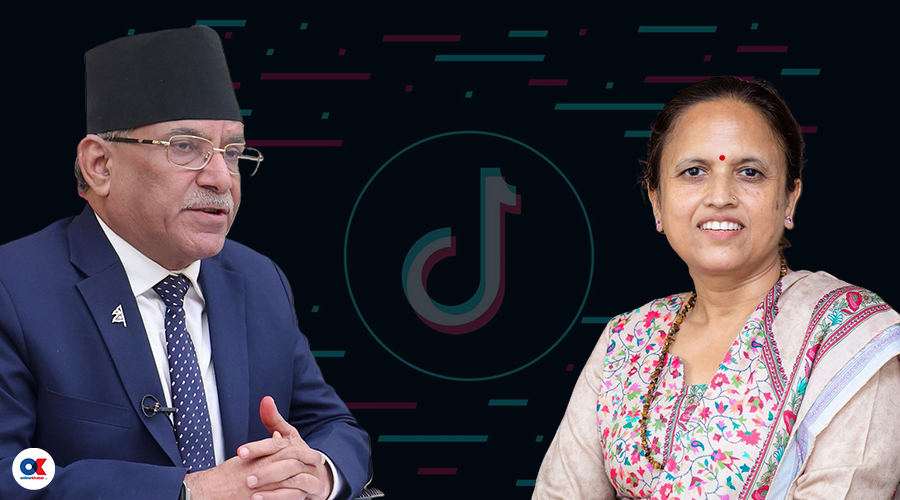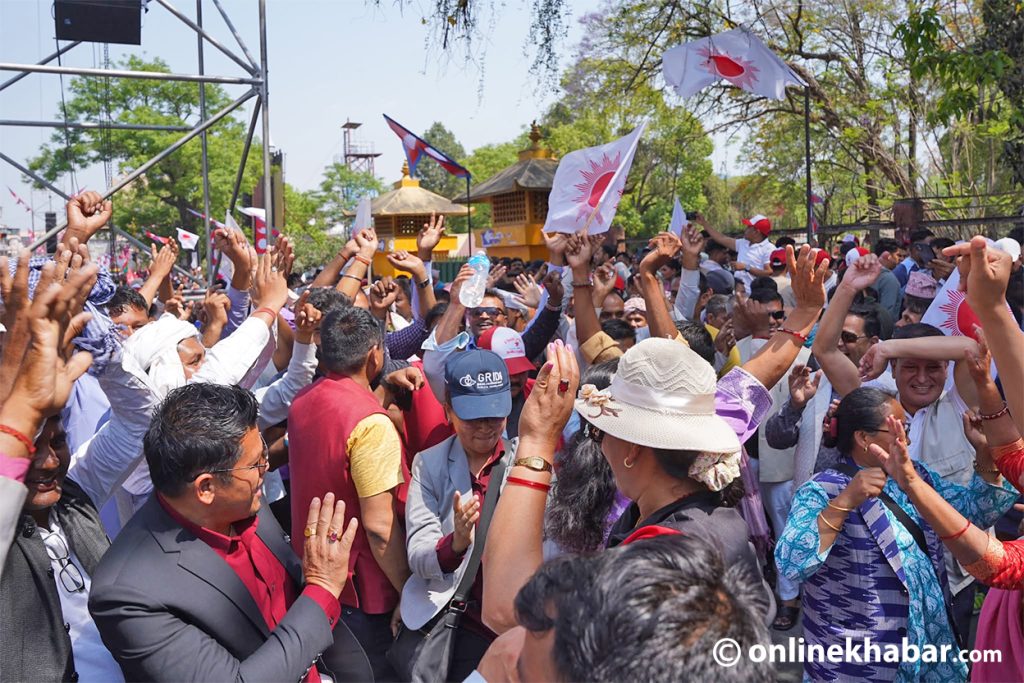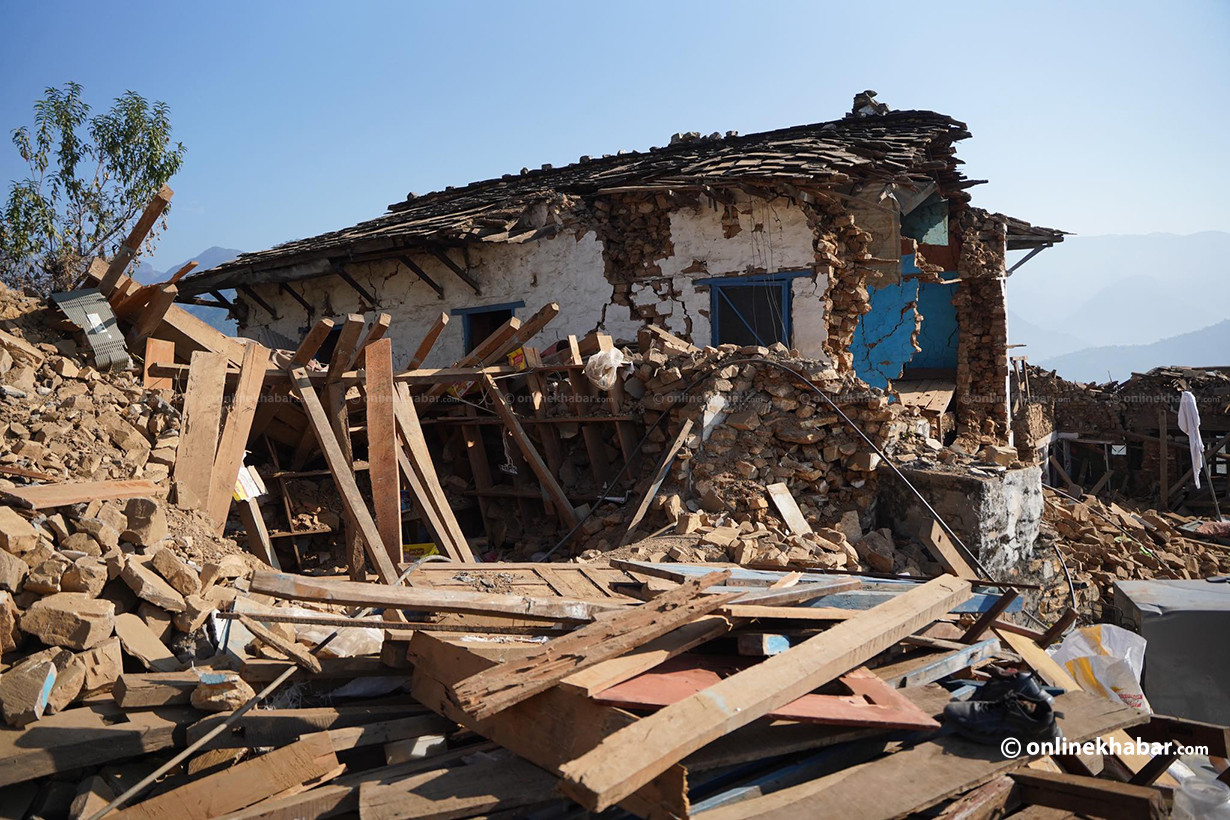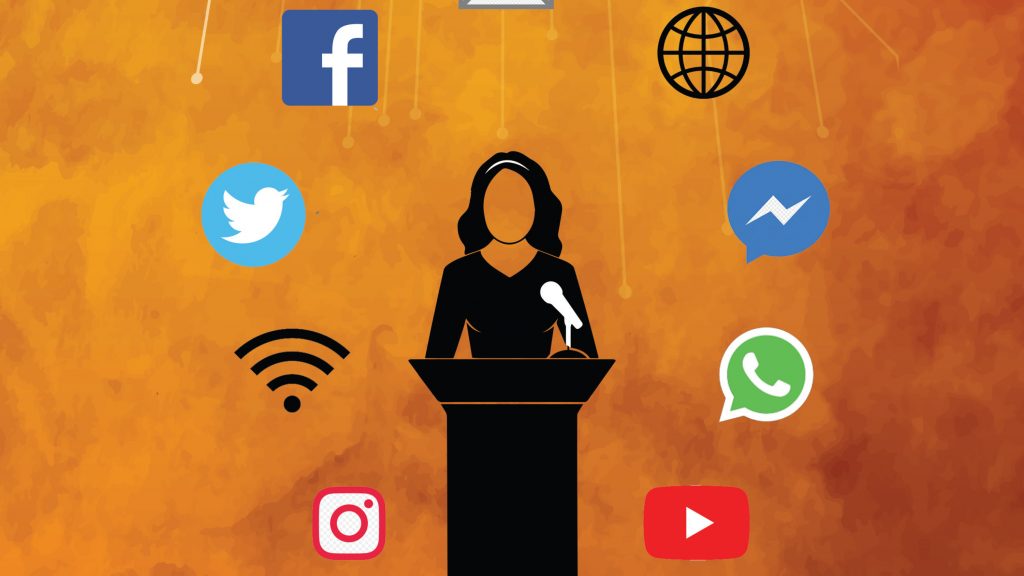
The government is implementing the Social Media Management Guidelines 2023, which effectively prohibits the creation of fake IDs, pages, or groups with the intent of using anonymous or false identities.
Furthermore, the social media directive serves dual purposes—regulating the use of social networks and promoting self-regulation among both platform operators and users. This includes manipulating images through animation or montages, and any derogatory troll posts that distort original pictures. Also, it has targeted the unauthorised sharing or commenting on others’ content and deceptive calls.
Netra Prasad Subedi, joint secretary and spokesperson at the Ministry of Communication and Information Technology, highlighted that these guidelines aim to curb illicit activities across various platforms like Facebook, TikTok, Twitter, Viber, Pinterest, WhatsApp, Facebook Messenger, Instagram, YouTube, LinkedIn, WeChat, and other online groups and blogs allowing idea exchange and content dissemination.
Despite this, experts, including cyber law advocate Santosh Sigdel, have criticised the government for not providing adequate explanations behind the social media directive. They suggest that the directives might aim to obscure criticism and suppress certain social media movements. While the guidelines address fake IDs, pages, and groups, many aspects remain unclear, they argue.
“International law doesn’t mandate social media platforms to register to operate. If individuals with shared views unite through a page or group, how can such gatherings be labelled as fake? Will groups like ‘No Not Again’ active during the latest elections, ‘Enough is Enough’ during the pandemic, or various pages and groups dedicated to social causes no longer be permitted to operate?” he questions.
Can the government regulate?
The social media directive prohibits publishing and broadcasting of content—words, audio, visuals, images, and trolls—that disrupt social harmony and tolerance. It also prohibits promoting activities already banned by law. The government now also puts regulations on ‘hate speech’ which is defined as any content—sounds, words, pictures, videos, trolls—that could lead to negative consequences like inciting violence or disrupting social harmony through posts, shares, or comments.
Subedi further remarks that the government might misuse these ambiguous provisions in the guidelines by interpreting them to suit their agenda. “The possibility of freedom of expression being marred cannot be ruled out.”
In the social media directive, it is forbidden to publish or broadcast a person’s picture altered through animation, montages, or other digital media techniques. Furthermore, it specifies that aside from public matters, photos/videos depicting private affairs cannot be taken, edited, published, or broadcasted without consent.
Additionally, the use of obscene words, pictures, audio, video animations, publications, broadcasts, or comments in support of such content is prohibited. Not just posting, but advertising, duplicating and sharing them are also explicitly prohibited in the social media directive.
“What defines obscenity? What constitutes distorting an image? Are caricatures completely disallowed? Trolling? Memes?” questions Sigdel.
Sigdel expresses concerns that the guidelines, which restrict the digital creation of even cartoons—a form traditionally associated with freedom of expression—go beyond parliamentary norms. He cautions that such guidelines imposed by external sources increase the risk of misinterpretation, trolling, or the proliferation of ‘meme culture.’
Expressions of hatred directed at protected categories such as individuals, communities, genders, religions, ages, professions, and other legally safeguarded groups are also deemed unacceptable according to the directive. This also applies to issues like child labour, human trafficking, polygamy, child marriage, and caste-based untouchability.
Sigdel’s analysis suggests that the government’s actions may surpass the intended impacts outlined in the guidelines, primarily due to the vague provisions. He specifically notes the social media directive’s attempt to regulate comments but points out a lack of clarity regarding the responsibility for monitoring and addressing comments on others’ pages and posts.
User’s responsibilities

The social media directive lays out specific responsibilities for social media users, stressing the avoidance of any communication that could adversely affect Nepal’s sovereignty, geographical integrity, national security, unity, independence, self-respect, national interests, or relationships between federal units.
The social media directive guidelines commendably address content harmful to children, rightly discouraging activities like child sexual exploitation, abuse, and prostitution. It also prohibits promoting drug use, trafficking, gambling, or any related acts, alongside publishing terrorism-related content. Additionally, it forbids actions that breach personal privacy, like hacking IDs or engaging in phishing via social media.
Moreover, the social media directive explicitly states that certain actions—disseminating false information, sharing misleading or disinformation, publishing hacked information, using technology for intimidation, and spreading false information—are not classified as cyberbullying.
Users are strongly advised against participating in or inciting hatred, malice, or contempt based on class, caste, religion, region, or communal affiliations. It stats that it is the individual’s responsibility to abstain from posting, sharing, tagging, liking or commenting, subscribing to, live broadcasts, and hashtagging such topics that disrupt social harmony and go against the new directive.
Mandatory registration
With the new social media directive, individuals, companies, or organisations running social media platforms in Nepal will now also be required to register with the ministry. The ministry will provide a public notice detailing the registration procedure for the same.
The government has categorised social networking platforms in Nepal into two groups based on user numbers. Those with fewer than 100,000 users are considered small social media platforms, while those surpassing 100,000 users are classified as large social media platforms.
Social platforms that were operational before the directive must apply for listing with the Ministry of Communication and Information Technology within three months of the social media directive’s introduction.
Official recognition in Nepal for these platforms will only be granted after the government compiles the list. The guidelines explicitly state that unlisted social media platforms may be barred from operating in Nepal.
However, it is clarified that this regulation will not impact social media platforms dedicated solely to civic education and social empowerment. Moreover, operators of listed social media platforms must update their information every three years to maintain their authorised status.
Any changes in the contact centre’s address or the officer handling complaints need to be notified to the Social Network Management Unit.
Addressing the grievances
Social media is also not alien to the grievances. To address that, the social media directive says that operators of social media platforms are mandated to set up a contact centre within Nepal. This centre should include a designated officer stationed in Nepal to manage complaints and another overseeing self-regulation. For social network platform operators without an existing Nepal office, the guidelines dictate the establishment of an office or appointment of a contact person within three months.
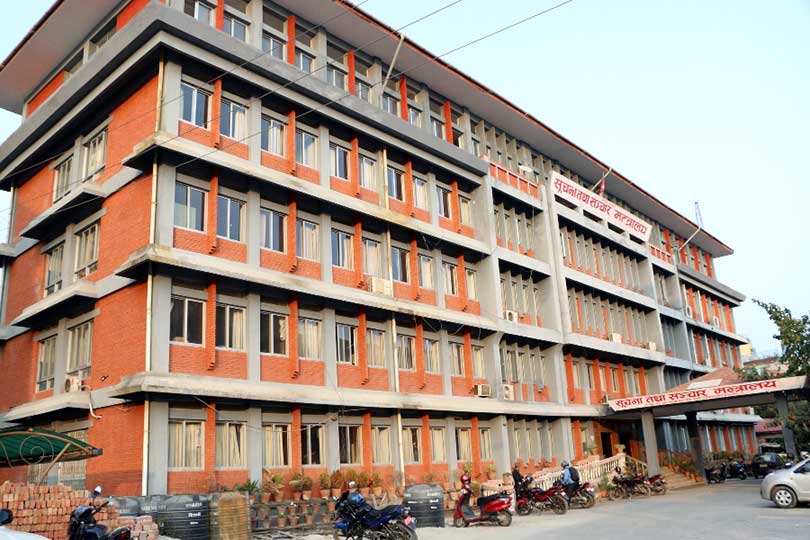
The government, meanwhile, also intends to create a ‘Social Network Management Unit’ within the Ministry of Communication and Information Technology to handle complaints lodged by social media platform operators or their contact offices.
This unit will address unresolved grievances or issues not handled by relevant agencies under existing laws. When filing a complaint about social media usage, the complainant will be required to submit a screenshot of the content involving instances of deception, harassment, or abuse.
The unit will promptly issue written notices to the concerned social media platform’s contact centre for the removal of content that contradicts the guidelines. If a person in a position of public accountability breaches the guidelines, the unit will notify the relevant agency or authority, in writing.
Moreover, the unit will organise meetings involving relevant agencies to establish a systematic approach to the use and regulation of social media. It will advocate for legal frameworks and promote best practices for responsible social media use. Additionally, under the social media directive, the unit will facilitate institutionalised studies, research, and dialogue in this domain.
Social media platforms must also create algorithms and adopt measures within their networks to prevent the dissemination of content violating existing laws. Moreover, the social media directive mandates platform operators to uphold essential security standards to protect users’ private information and refrain from making it public or using it for other purposes.
The platforms’ contact centres in Nepal must identify and take action against content on social media that violates the guidelines. They are required to deactivate or remove prohibited content for a specified period or permanently. According to the guidelines, upon receiving complaints about inappropriate content on social media, platforms must promptly identify and remove it within 24 hours.
Furthermore, they must inform about their activities to the Social Media Management Unit and Department of Information and Broadcasting, Advertising Board, Press Council of Nepal, and Nepal Telecommunication Authority.
It also requires fact-checking and compliance with the ‘Santa Clara Principle‘ for regulating social media. Additionally, the social media directive specifies the facilitation of financial transactions through the banking system within social media operations. Experts note that the guidelines, derived from Section 79 of the Electronic Transactions Act (2008), provide a legal basis for imposing penalties for violations, as outlined by the Act and its regulations.
Advocate Sigdel raises concerns about the social media directive guidelines lacking legal clarity on social media use, potentially creating unresolved issues exploited by the government.
“Subjects not addressed in the current law are also encompassed in the directive. This inclusion poses a risk as it might be utilised to suppress discontent that could arise against the government or political parties and their social media activities in the future,” he says issuing a warning.








